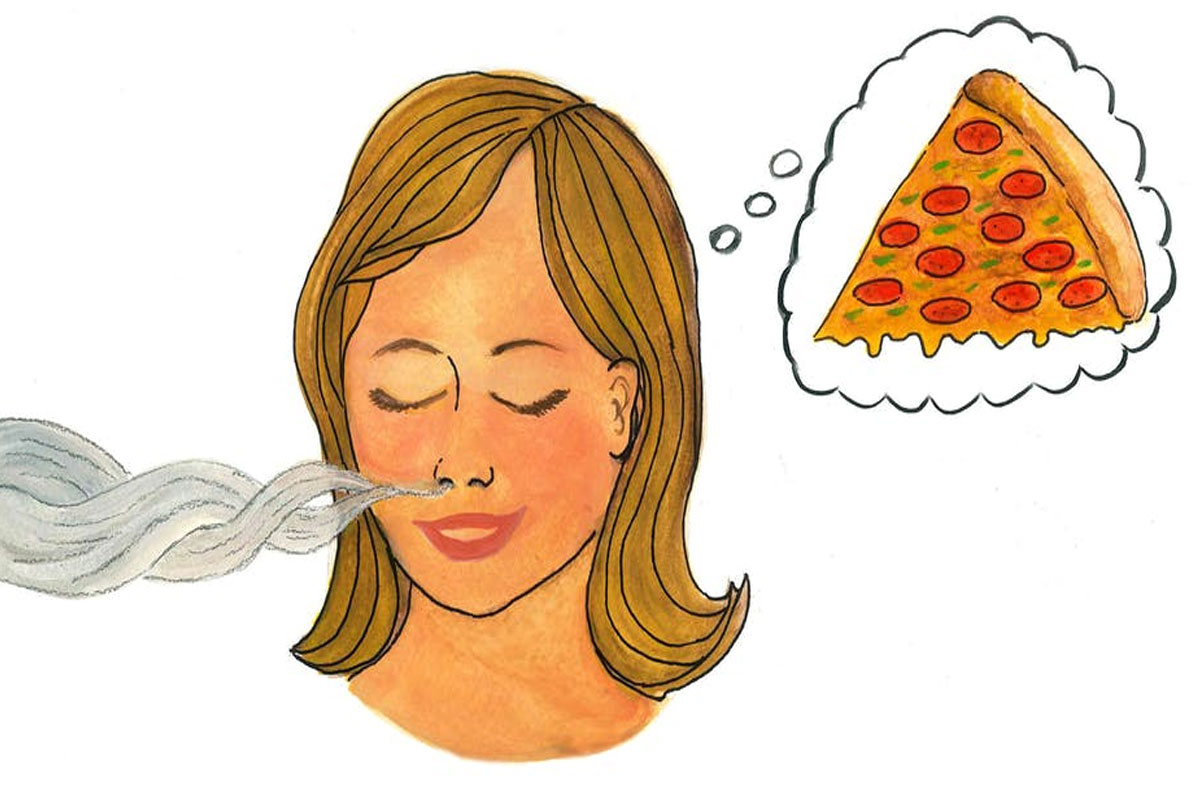
Your sense of smell key to a balanced diet
WALKING past a corner bakery, you may find yourself drawn in by the fresh smell of sweets wafting from the front door. You’re not alone:
The knowledge that humans make decisions based on their nose has led major brands to pump the scents of baked goods into their restaurants, leading to big spikes in sales.
But according to a new study, the food you ate just before your walk past the bakery may impact your likelihood of stopping in for a sweet treat — and not just because you’re full.
Scientists at Northwestern University found that people became less sensitive to food odors based on the meal they had eaten just before. So, if you were snacking on baked goods from a coworker before your walk, for example, you may be less likely to stop into that sweet-smelling bakery.
The study found that participants who had just eaten a meal of either cinnamon buns or pizza were less likely to perceive “meal-matched” odors, but not non-matched odors. The findings were then corroborated with brain scans that showed brain activity in parts of the brain that process odors were altered in a similar way.
These findings show that just as smell regulates what we eat, what we eat, in turn, regulates our sense of smell.
Interplay between smell and food intake may have evolutionary benefit in helping humans diversify diet.
Researchers said that while we don’t see the hunter-gatherer adaptation come out in day-to-day decision-making, the connection between our nose, what we seek out and what we can detect with our nose may still be very important. If the nose isn’t working right, for example, the feedback loop may be disrupted, leading to problems with disordered eating and obesity.
To conduct the study, the team developed a novel task in which participants were presented with a smell that was a mixture between a food and a non-food odor (either “pizza and pine” or “cinnamon bun and cedar” — odors that “pair well” and are distinct from each other). The ratio of food and non-food odor varied in each mixture, from pure food to pure non-food. After a mixture was presented, participants were asked whether the food or the non-food odor was dominant.
Participants completed the task twice inside an MRI scanner: First, when they were hungry, then, after they’d eaten a meal that matched one of the two odors.
The team then computed how much food odor was required in the mixture in each session for the participant to perceive the food odor as dominant. The team found when participants were hungry, they needed a lower percentage of food odor in a mixture to perceive it as dominant — for example, a hungry participant may require a 50 percent cinnamon bun to cedar mixture when hungry, but 80 percent when full of cinnamon buns. Northwestern University


























